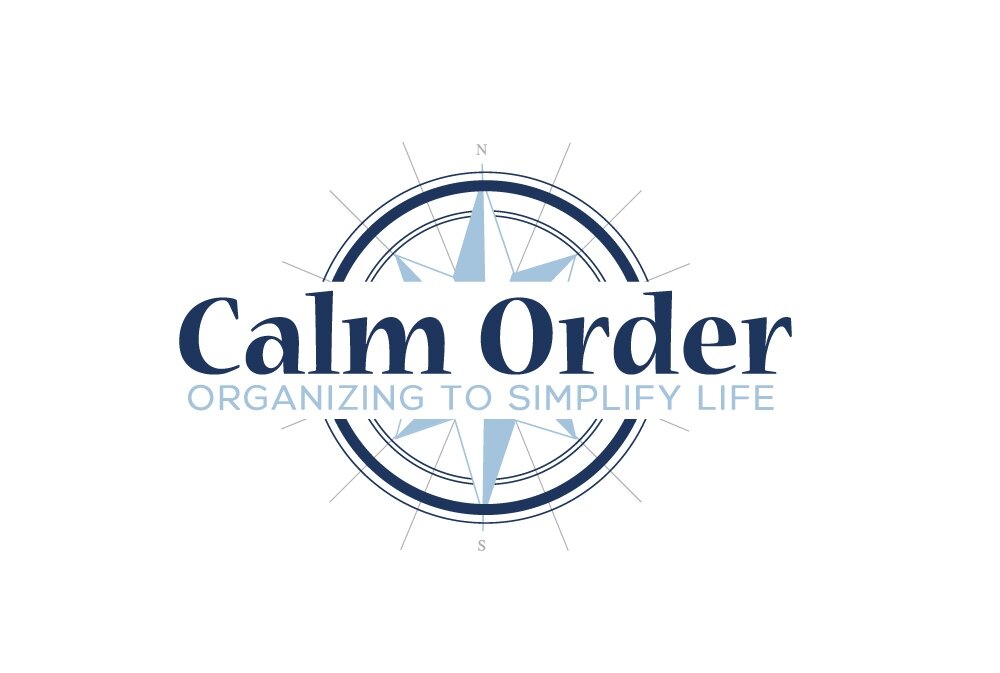Moving into a new home is the best time to introduce organizing systems. "I absolutely love working with clients at this exciting yet stressful time in their lives,” Allbright admits. "When you move, you have the opportunity to start fresh, with organizing systems designed and implemented based on how the family wants to live NOW. When you move, you are bringing most of your belongings but you don't have to bring your Junk Drawer." What Allbright means is you have an opportunity to set up your home from day one in a purposeful manner, that makes the junk drawer (and other typical dropping zones) obsolete. The key is to set up organization systems before you move in, ultimately giving every item a resting place or home that matches the way your people move through their daily routine.
Calm Order was hired to do a complete Moving Service for a family of five. This family was running on all cylinders. Mom owned and managed a marketing company, dad is a professional with travel demands, they have two daughters in elementary school and a son just starting junior high. Seriously busy! To keep the family operating effectively, mom mastered online shopping. Every season demanded new clothing, sporting equipment, dance shoes, technology, and so on. When Calm Order met this family, the mom "confessed" to Karen (Allbright), "I am a hoarder." She described her shopping behavior and how it resulted in over-stuffed closets and dressers, a mudroom overflowing with equipment, shoes and clothing; and a garage they could no longer park their cars in.
After examining the households’ way of life and conducting an inventory of their belongings Karen respectfully told her new client, "you are not a hoarder, you are a shopper." The items purchased were most definitely needed. Calm Order implemented an organizing system that helped the family bring in new items, move out outgrown items, and effectively transition between seasons “There is a very big difference in behavior when old items are willingly and purposefully purged. Hoarders can't get rid of things"", reminded Allbright. "There is an effective organizing system for "shoppers."
An interesting UCLA study identified that a new child in a household increased average possessions by 30% in the preschool years alone. 'At least 30%, maybe even more!", exclaims Allbright. "You need an organizing system that is flexible and effective at managing family growth and change."













